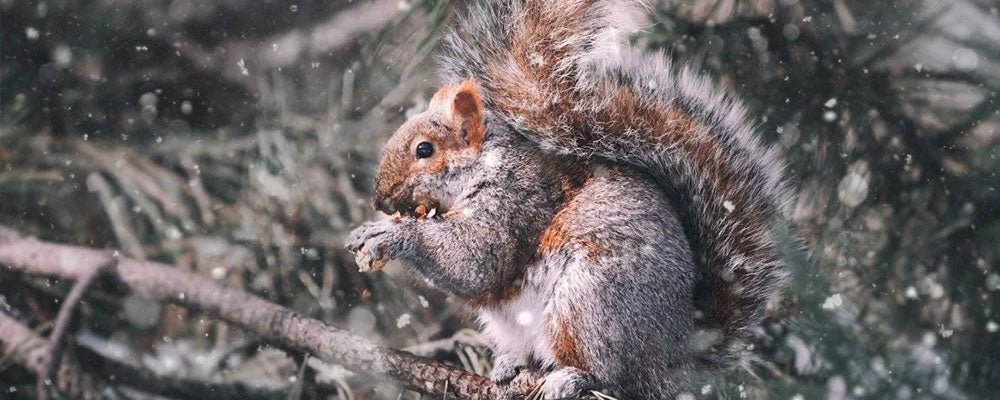
Where do squirrels live and build their nests?
The simple answer is anywhere and everywhere, but woodland is their natural home. Woods are naturally a relatively undisturbed and stable habitat, although modern forestry practices mean that squirrels frequently have to be good at moving house quickly.
Grey squirrels tend to take to the open far more readily than reds, and are commonly found in urban parks and gardens. Red squirrels used to be present in parks in the UK, but are now very rarely seen in cities and towns.
What makes a good wood for squirrels?
In short, plenty of food, shelter, and other squirrels. Best of all are old woods, where a system of natural regeneration or coppice provides a constant flush of new growth beneath the mature seed-bearing trees.
This thick understorey gives good ground cover, and, in the case of hazel coppice, can be an extremely important food source for both species of squirrel.
A mixture of tree species is always best, since if the seed crop of one species fails in a particular year, there will always be others to feed upon. Well established and managed woods make the best habitat, as not only are the trees of better quality, but all the other associated plants have had time to develop.
The food source that they provide can be very important in the event of a shortage of tree seed, for example bulbs, fungi and berries.
Squirrels can be found living in younger woods; some conifers begin to bear cones after only 25 years, and young beech and sycamore are regularly ravaged by squirrels feeding on their sweet sap.
Squirrels regularly travel down corridors between woods, either over- grown hedgerows, or fringes of woodland planted as shelter belts for farms, crops or houses.
How and where do squirrels build their nests?
It is no haphazard business to build a good nest, or drey as they often called, and squirrels make a great den. This is reflected in the great deal of time and trouble in the construction of nests so that, with minor refurbishments, most nests last for fact at least two seasons and often considerably longer.
Drey-building usually commences with the construction of a platform of woven twigs, although the squirrel may cheat and use the base of an old drey or a bird's nest as its starting point. The domed top is then constructed by interlacing twigs and leaves, the squirrel becoming increasingly choosey about nest material as the structure nears completion.
Although many of the twigs used for building are selected and cut from the tree in squirrel works, frequently journeys of which the many metres are made through the treetops for just the right twig, sprig of leaves or piece of bark.
There is some difference in the nest materials chosen by red and grey squirrels of the job…
Grey squirrels use twigs covered in fresh leaves more often than reds who tend to strip leaves off the twigs of deciduous trees, but will leave needles on conifer twigs.
Indeed, red squirrels are more likely to pack out the superstructure of bare twigs with dead leaves, moss and bark.
Most of the work is done using the front feet, nose and mouth, and every so often the squirrel will dive inside the developing nest to keep it hollow and try it out for size. Some dreys are built with an entrance, but it is just as common for the squirrel to simply force its way into the nest through the thick wall of twigs.
Once the squirrel is satisfied with the superstructure of the drey, the task of gathering lining material begins. This can take considerable time, as the animal makes repeated journeys to collect moss, thistledown, dried grass and feathers- anything soft. Indeed, some squirrels go completely overboard with the interior decoration of their homes!
The finished red squirrel drey is about 30cm across, but grey squirrel nests are normally considerably larger. The twig and leaf walls area about 7cm thick for winter and often much less for summer.
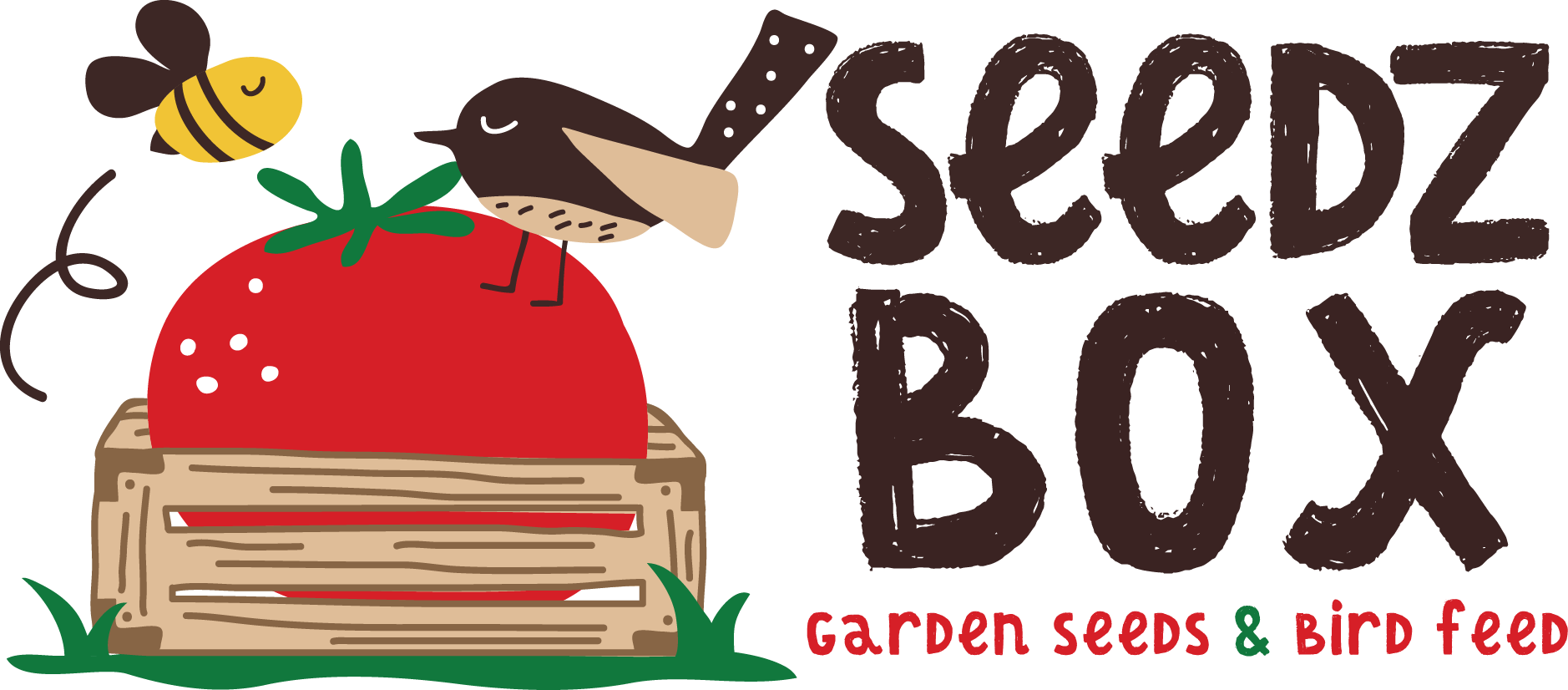
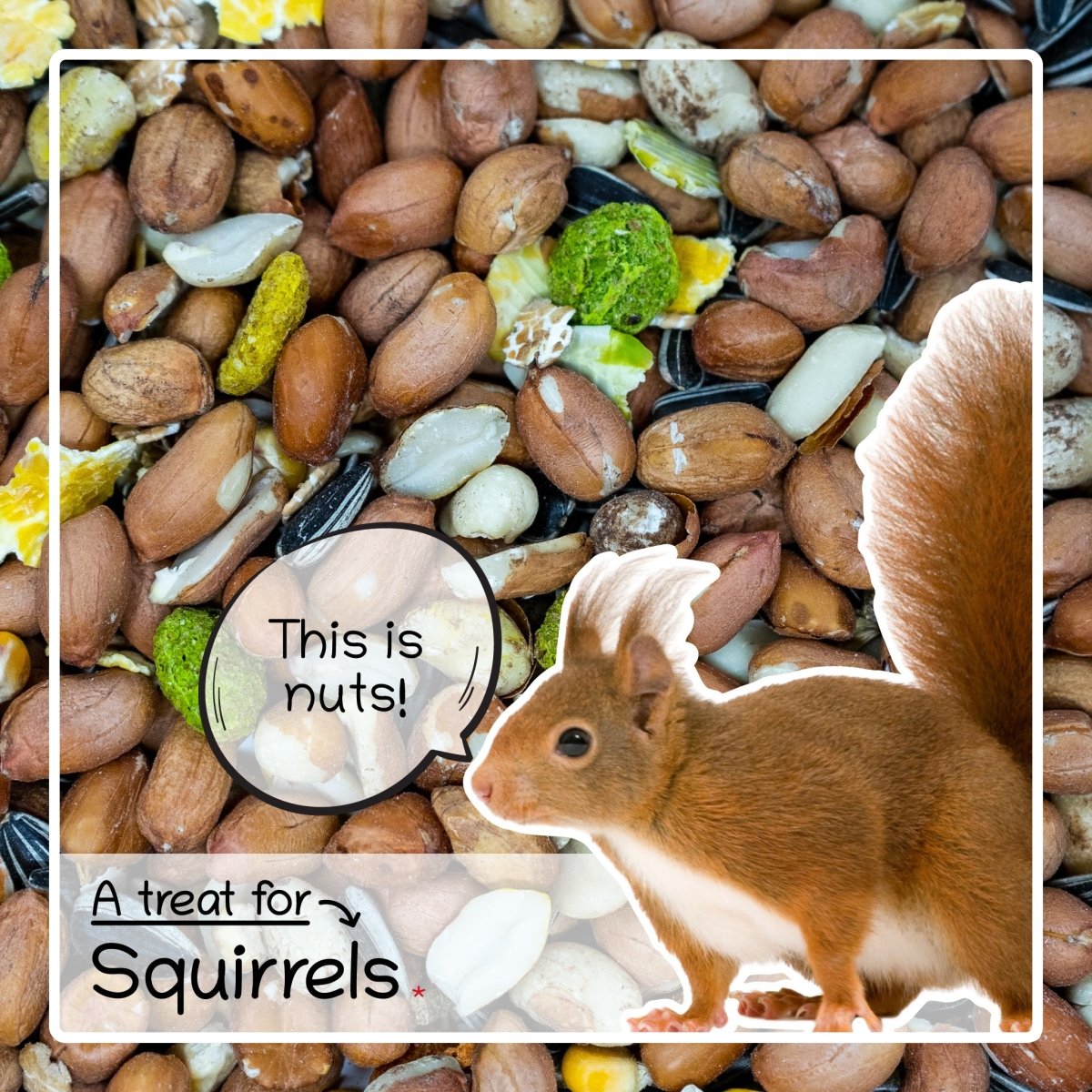
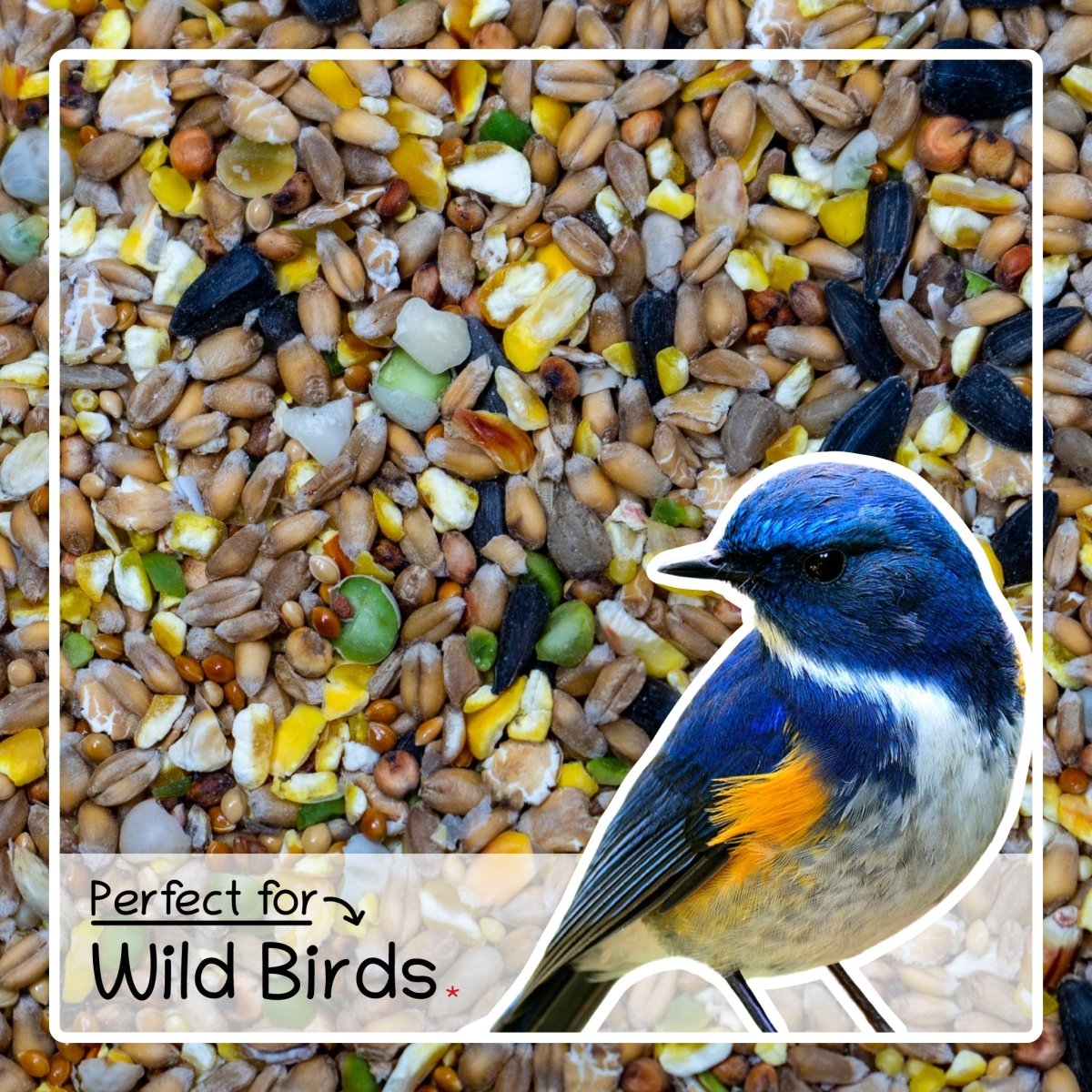
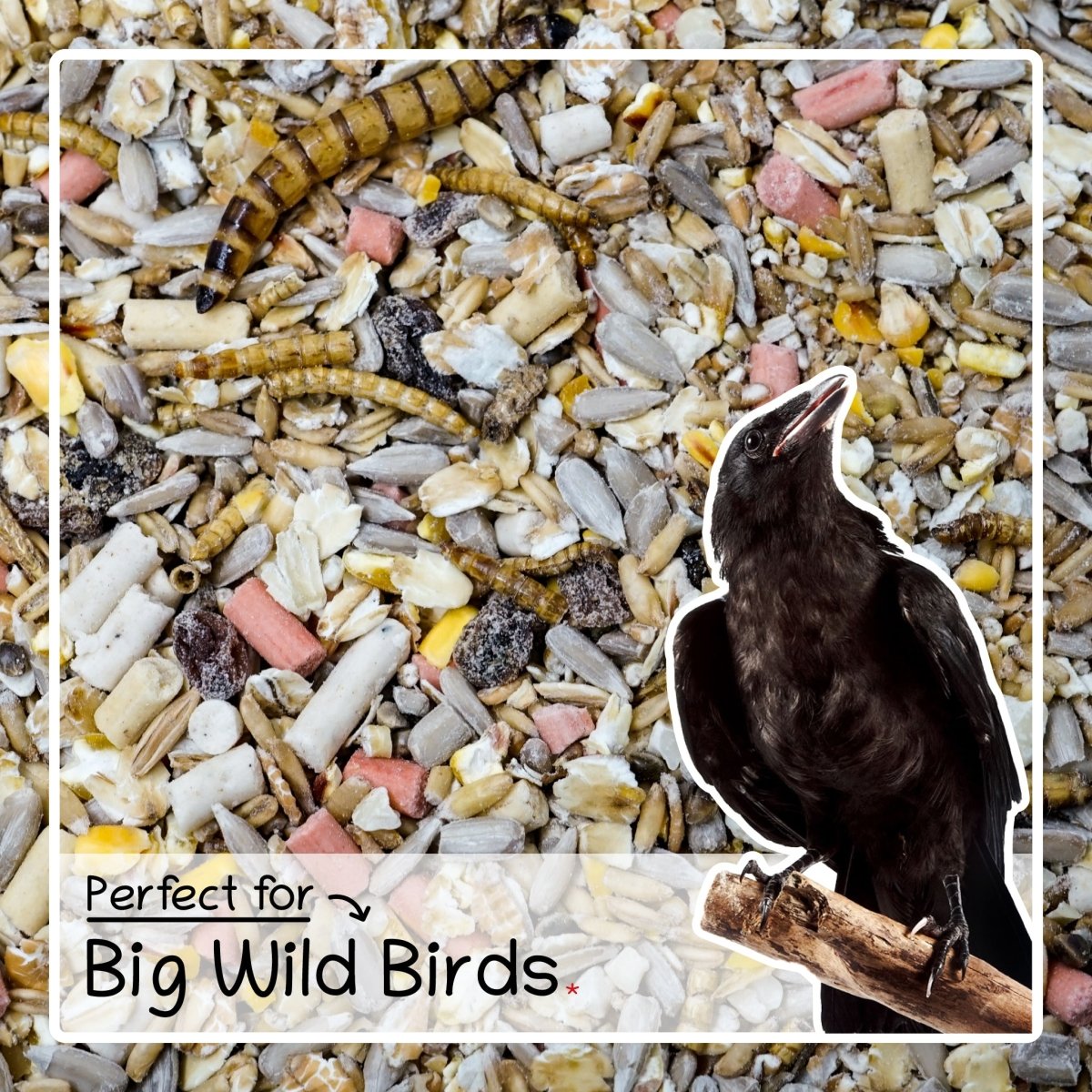
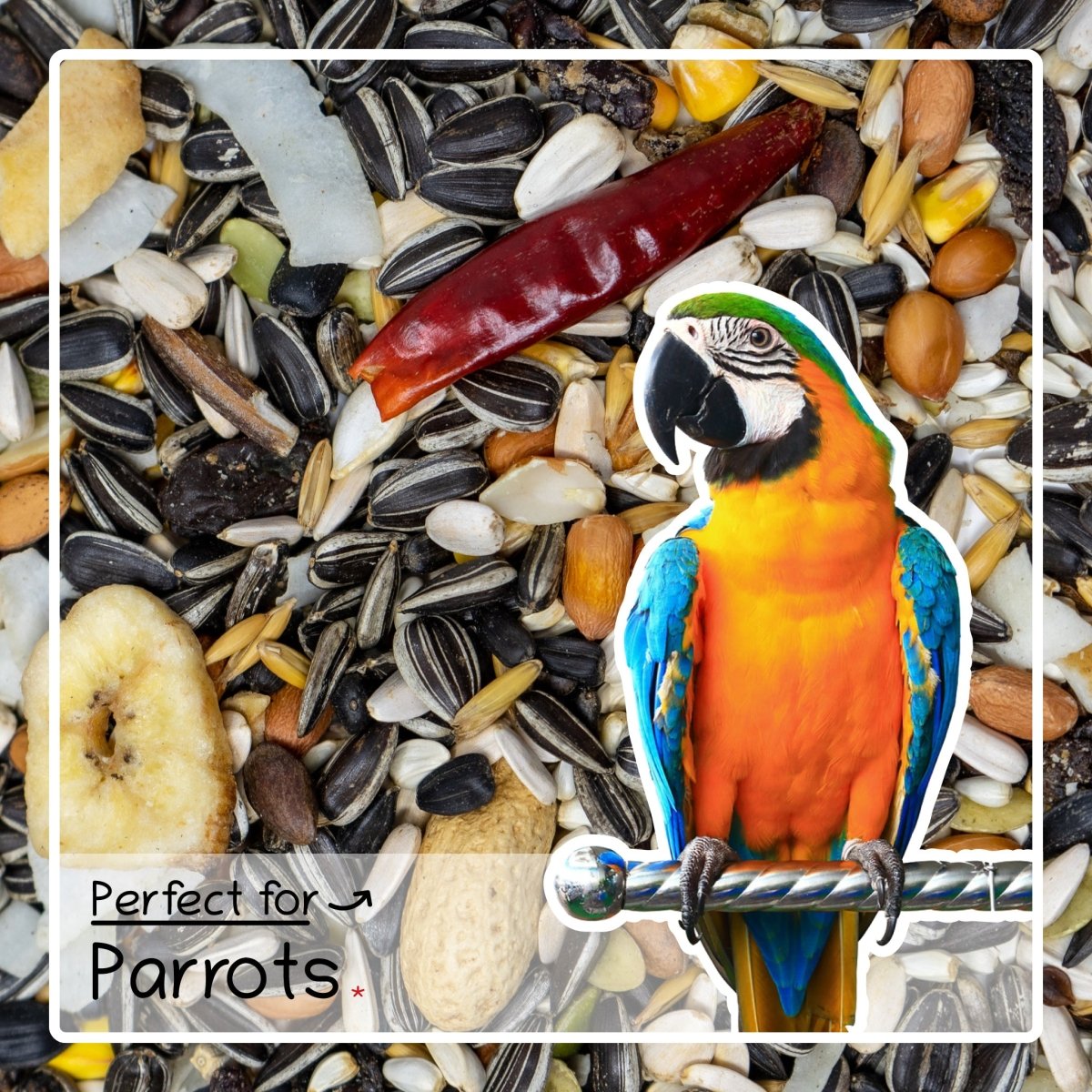
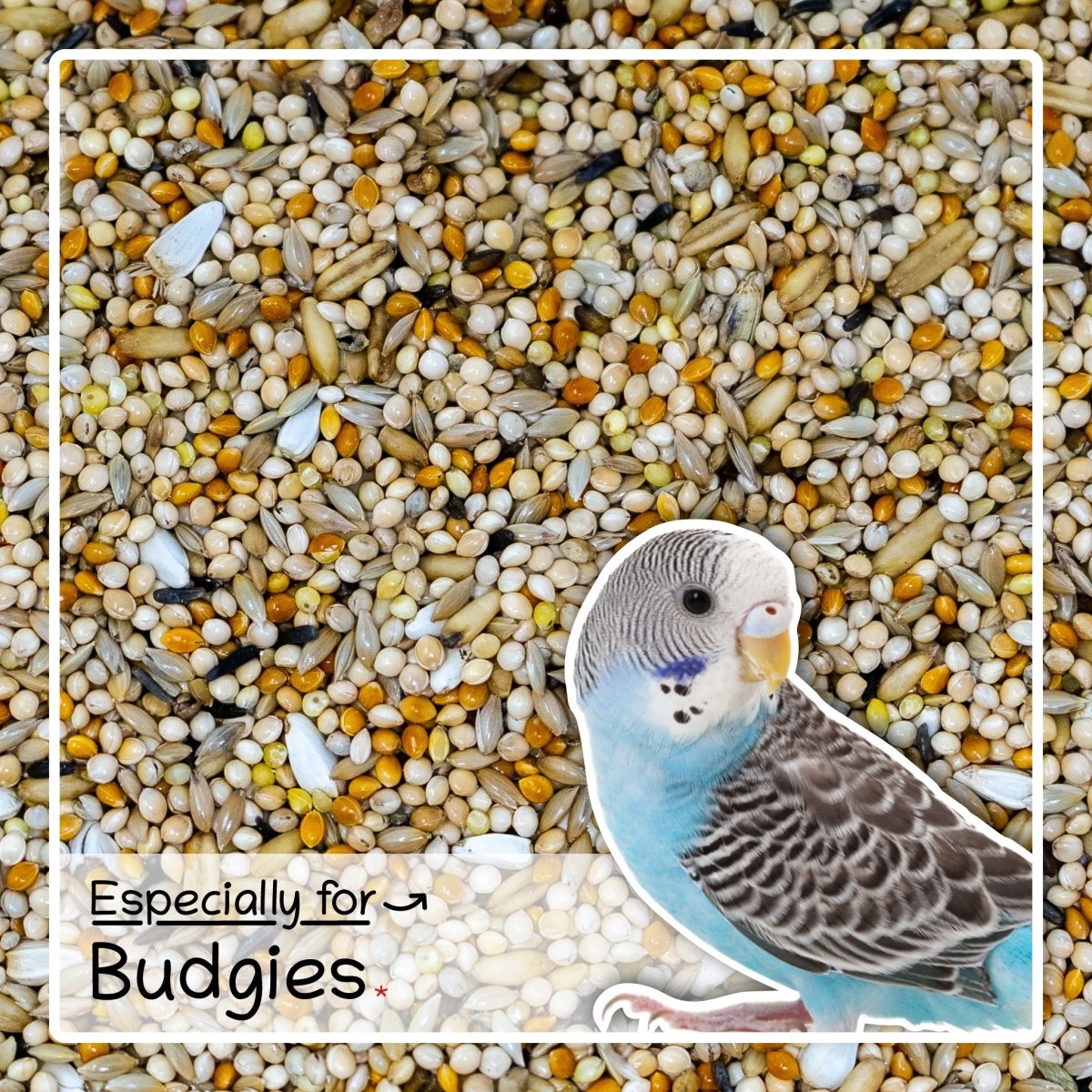
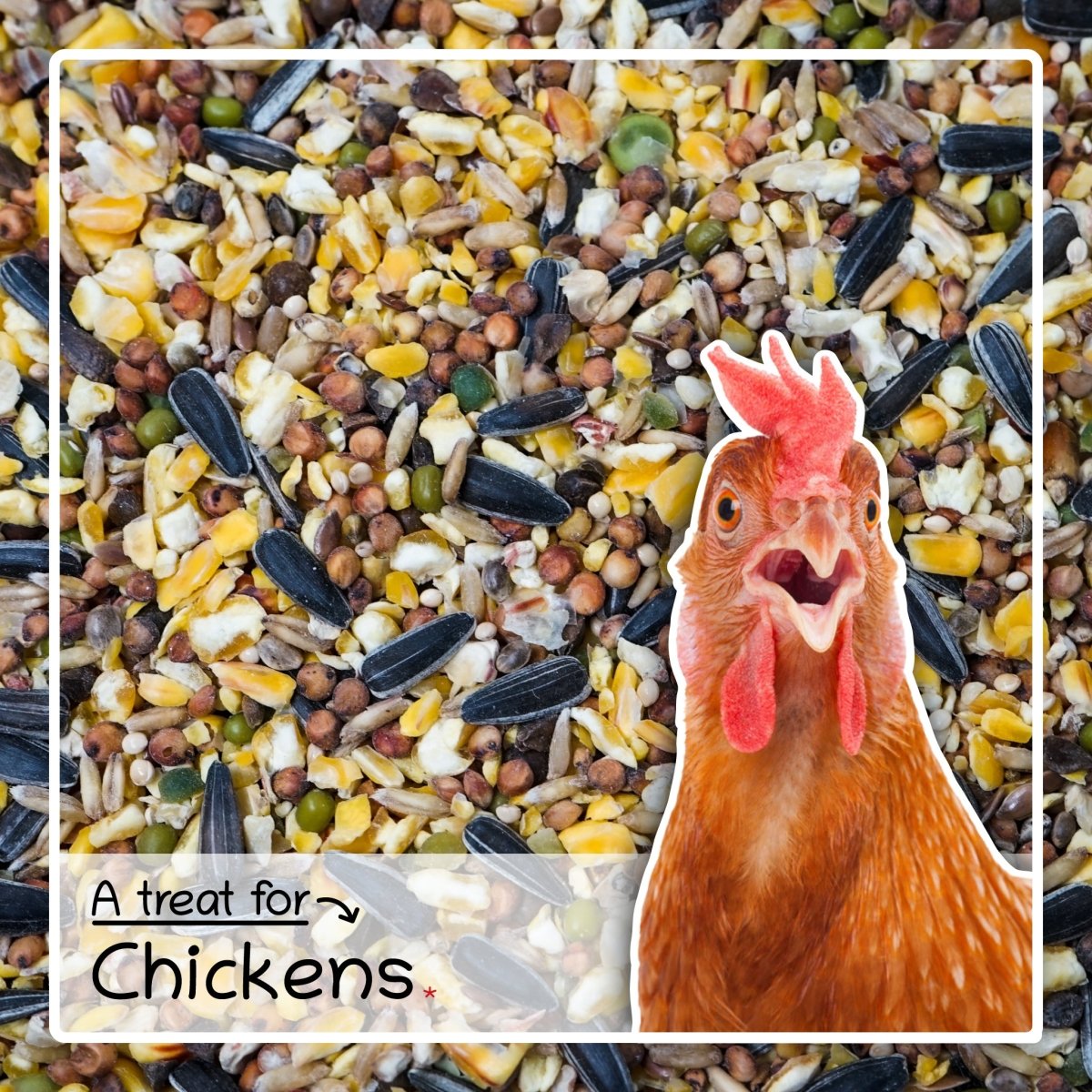
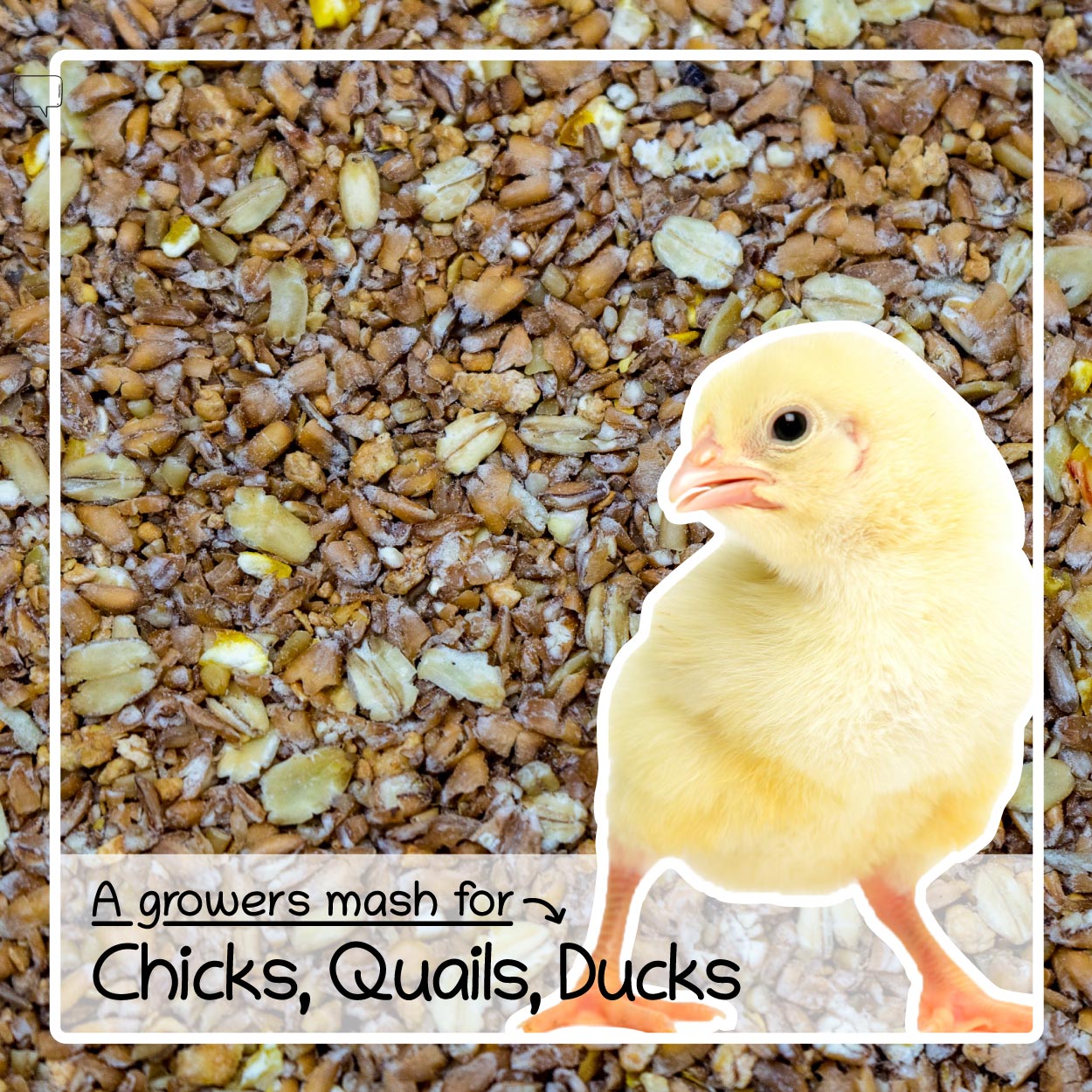
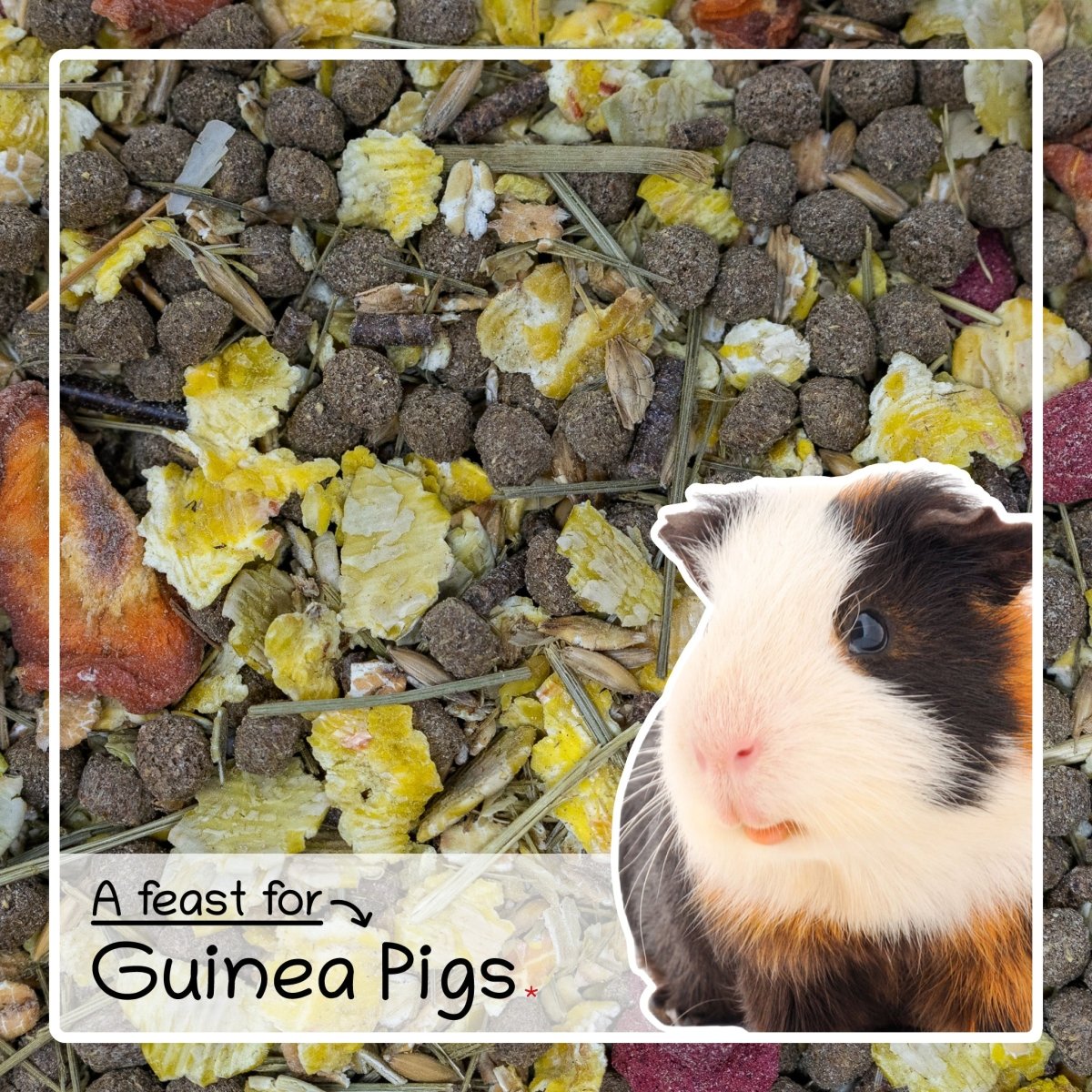
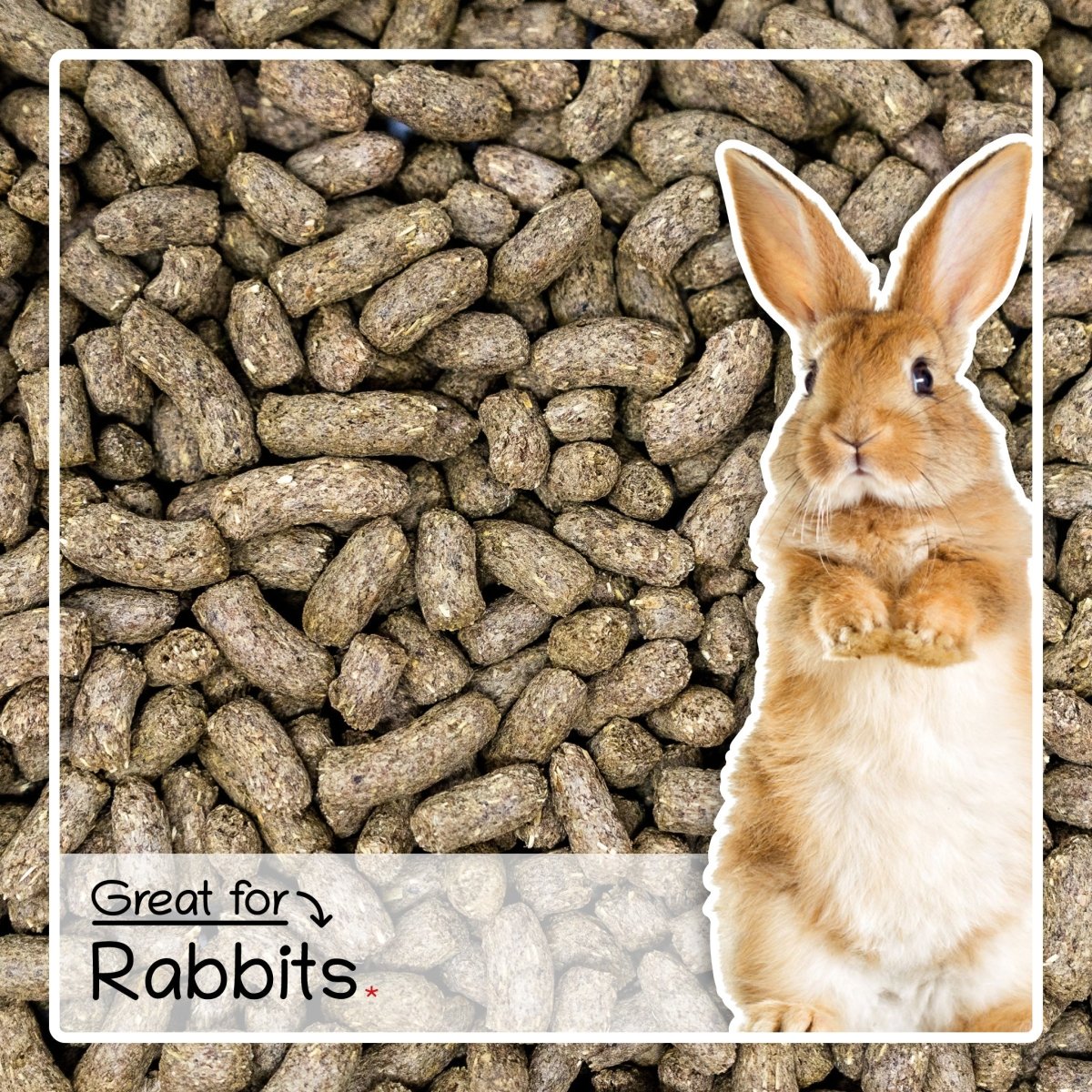
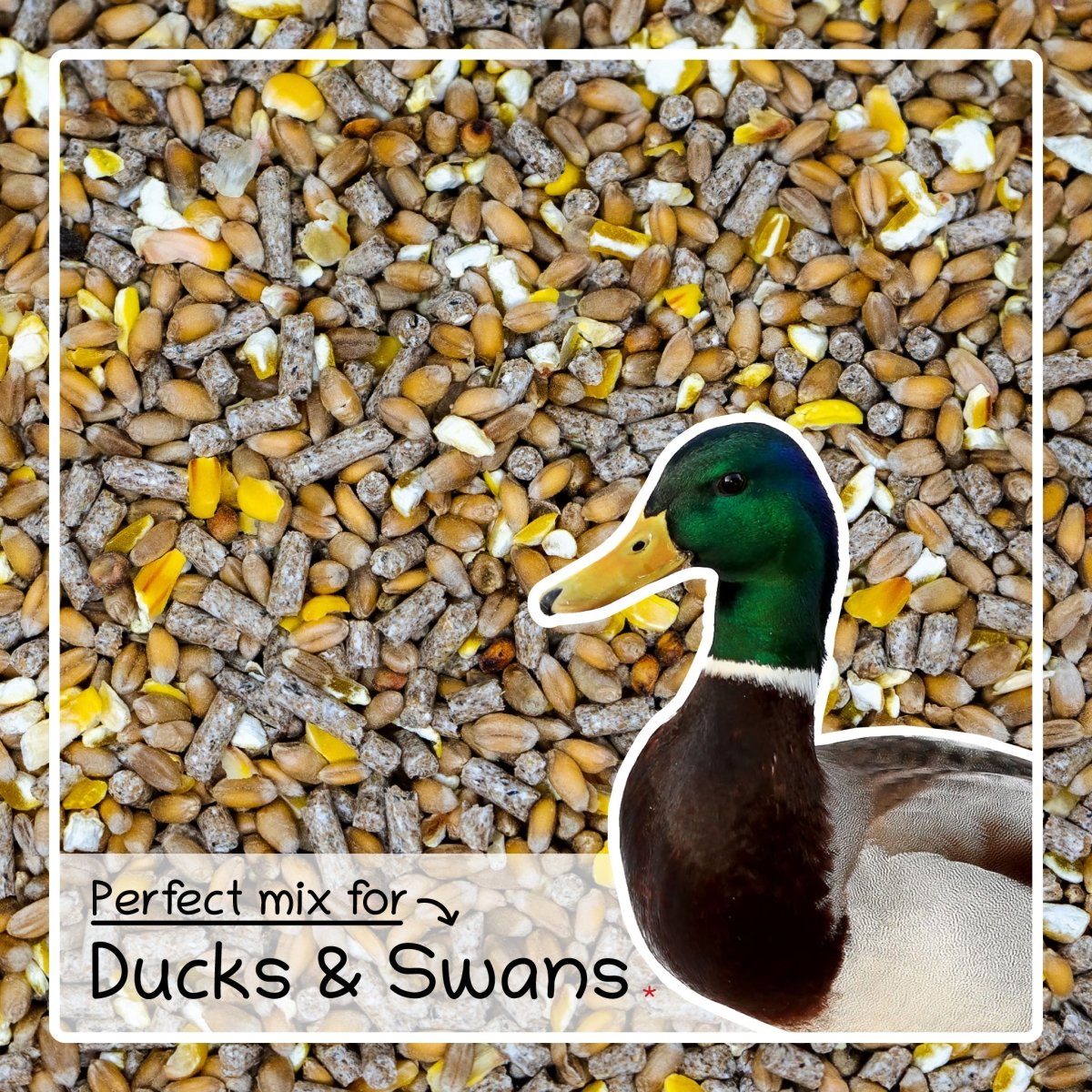
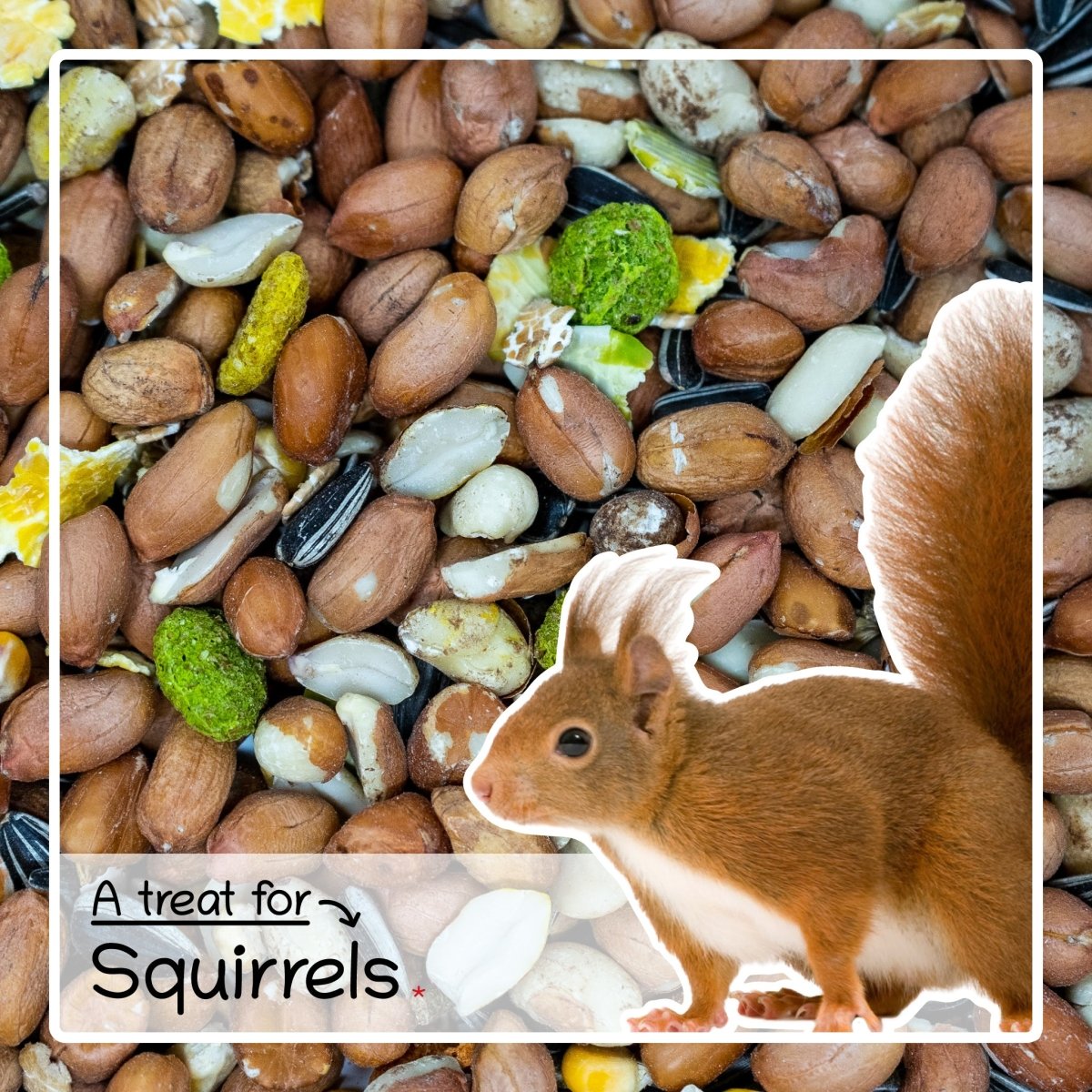


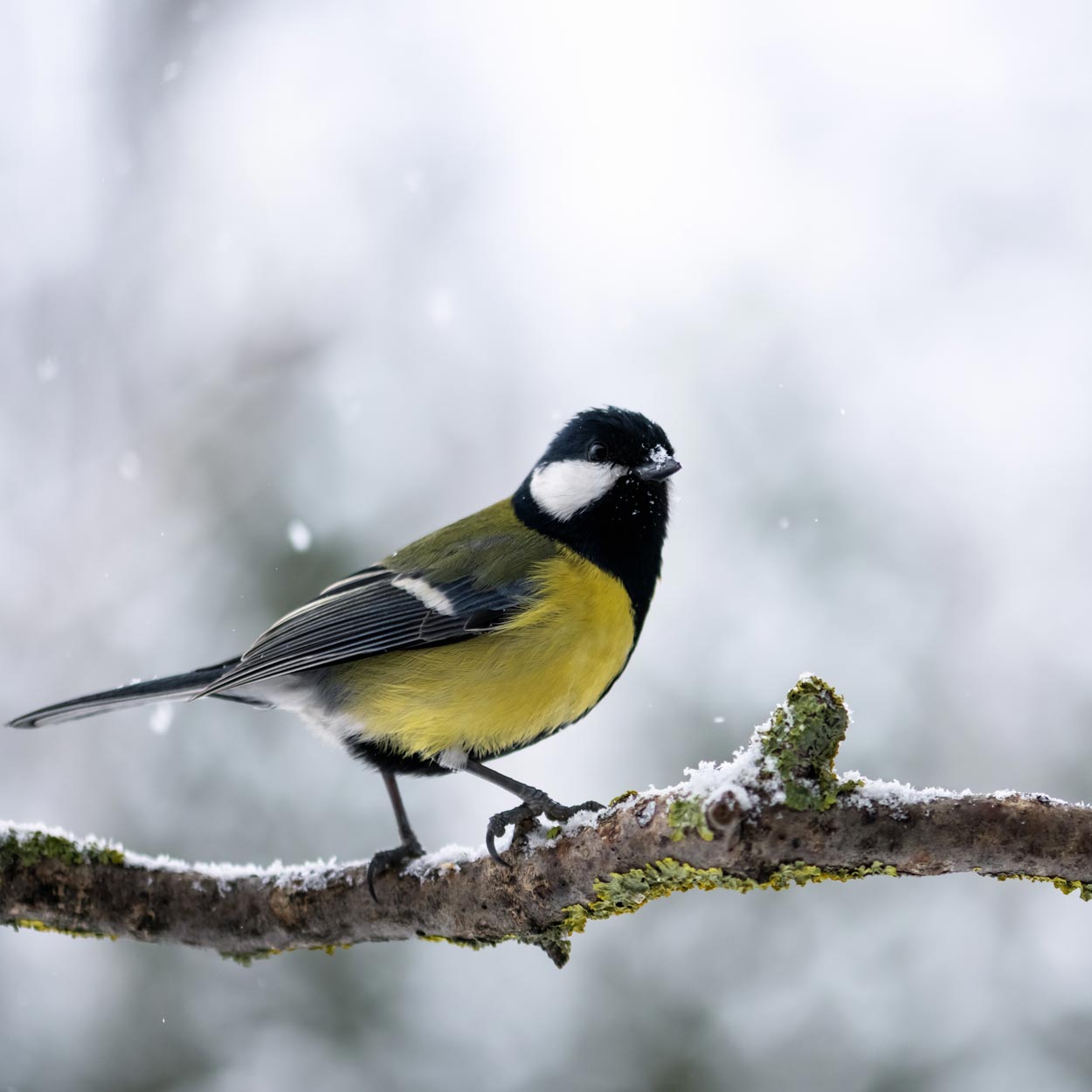
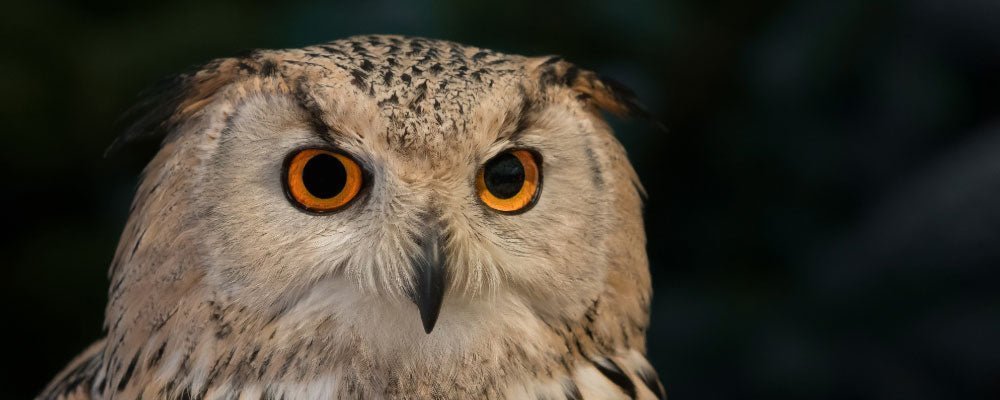
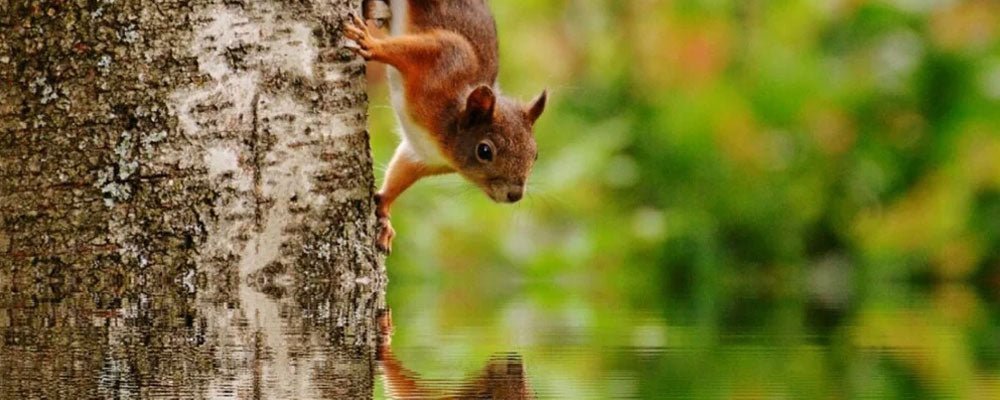
Leave a comment
This site is protected by hCaptcha and the hCaptcha Privacy Policy and Terms of Service apply.